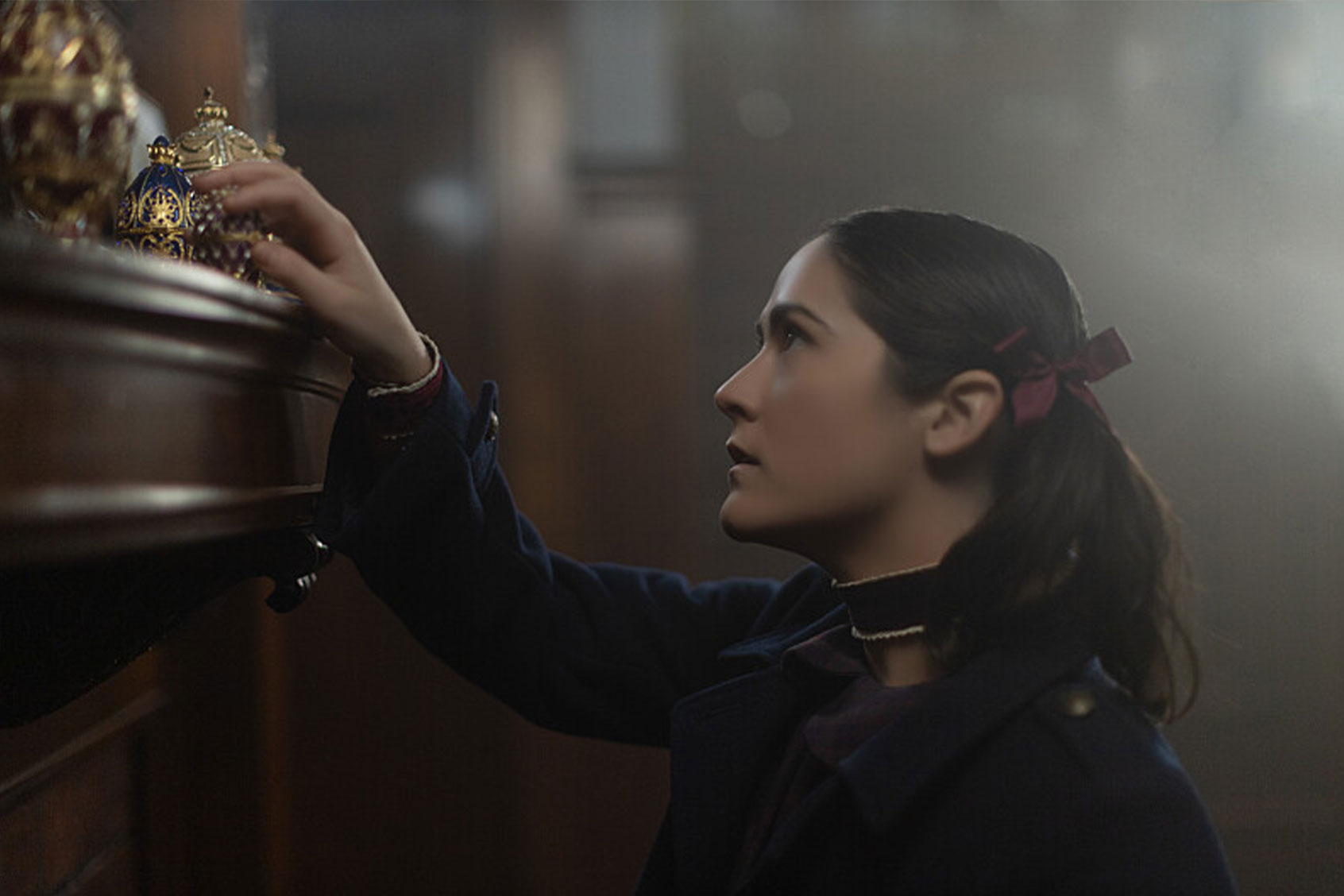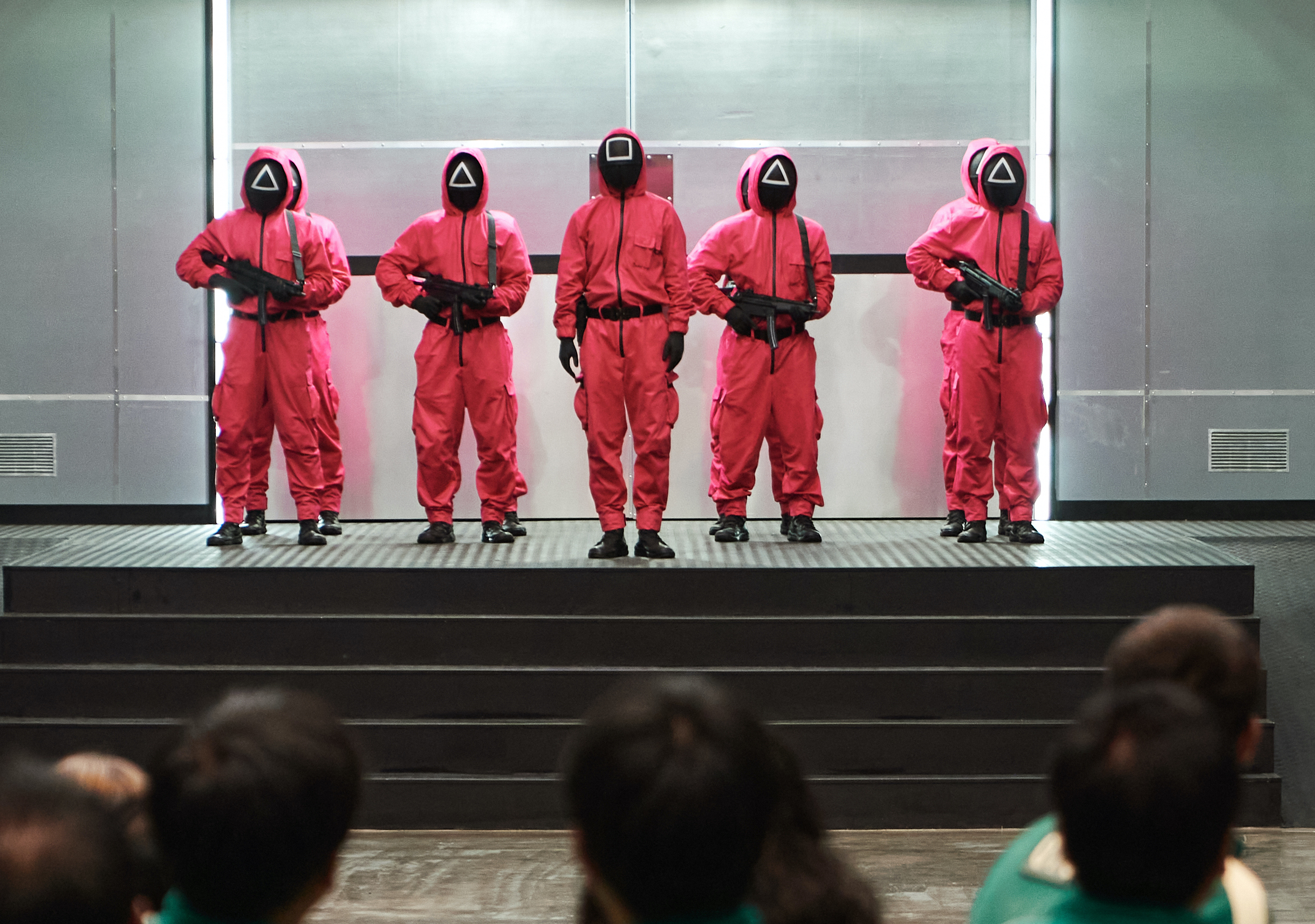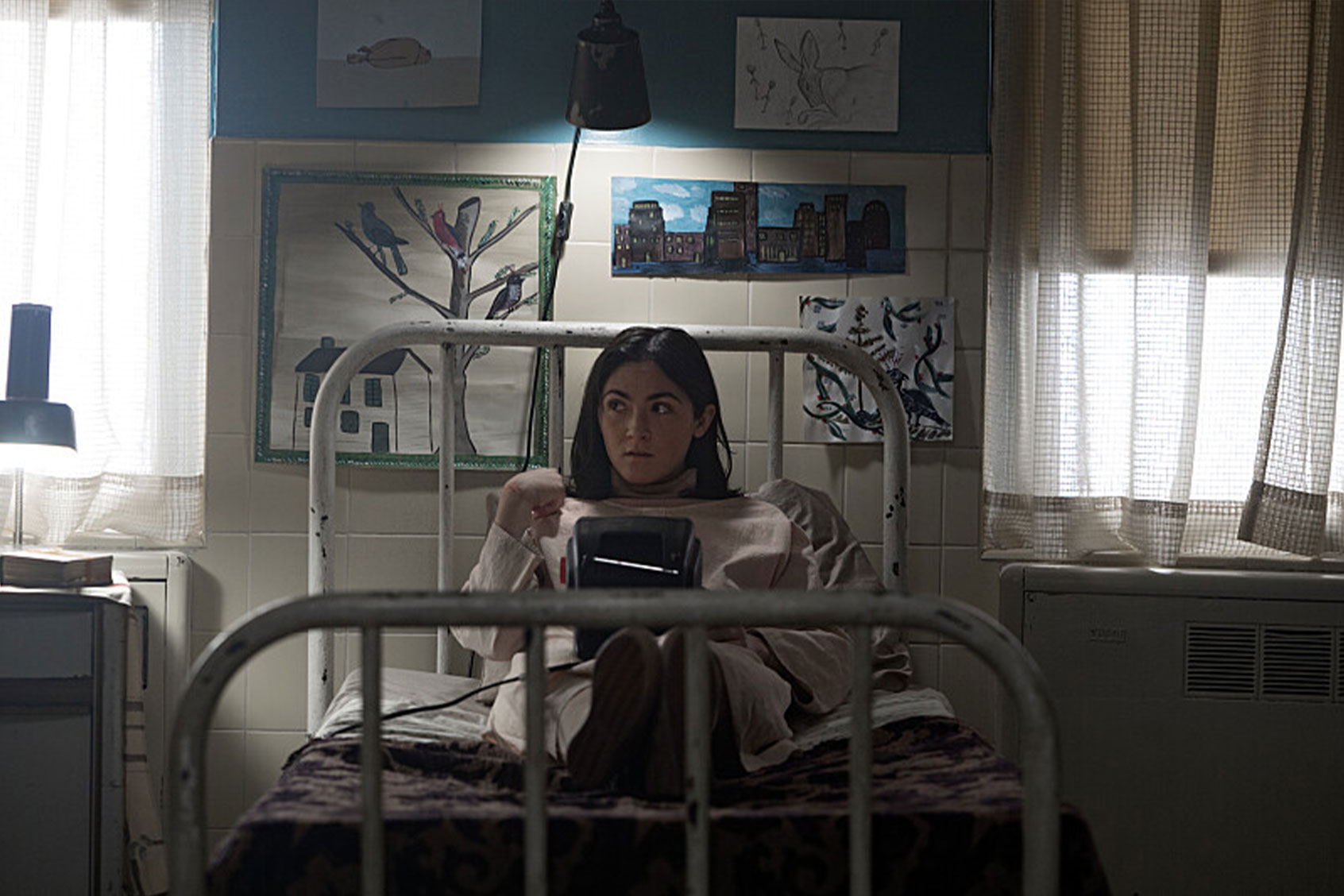It’s never an easy time to be a disabled horror fan.
I love the genre of horror more than any other, yet an overwhelming amount of films feature disabled bodies as the big scare and disability as the reason — often, the only motive at all — for murder and worse. “Orphan,” Jaume Collett-Serra’s 2009 film, existed uncomfortably in this space, though its then-child star Isabelle Fuhrman elevated the role of Lena, a grown woman presenting as a young child due to hypopituitarism, a real condition. The movie was also justifiably criticized for its portrayal of an adopted child, presenting her as evil.
The new prequel “Orphan: First Kill” attempts to show the real evil is ableism, as other villainous characters spew prejudice after prejudice. But as Sezín Koehler writes on Black Girl Nerds: “[Lena’s] hypopituitarism has not caused her psychopathy and mass-murdering tendencies. Yet, in ‘First Kill,” her appearance and disability are continuously linked to her evil deeds, as if being different automatically makes you a killer.”
Falling back upon tired ableism is a disappointing aspect the film shares with horror predecessors from “Friday the 13th” to “Midsommar,” linked in a lineage of stereotype and willful misunderstanding. But we can have horror without hate. It is possible, even if storytellers don’t always get it.
And Lena, going by the name of Esther, isn’t even the scariest person in the film. What are some of the more positive, surprising nods to horror from the past? Fortunately, the film has plenty of those too. Let’s take a look:
The creepy, knowing bird
“Orphan” referenced the first family of the main character, who brought Lena to America, and it is this family the prequel focuses on. Those parents take her to a child therapist in “First Kill.” (Unfortunately, they don’t take her to a pediatrician or dentist, who might have solved a lot of their problems a lot sooner.) Therapists figure prominently in many horror films, but this doctor takes it a step further by having a pet bird in her office. I can’t imagine a squawking parrot is always a comfort to young patients dealing with trauma, but anyway, the doctor has one. The cage is right there in the office, and the pet is a pivotal point.
Birds can be creepy in film. They move fast, their eyes are beady. Ravens eat carrion. Crows can apparently do much worse, although there’s a scientific reason. Edgar Allan Poe brought a talking bird out of the shadows and into our nightmares forever with “The Raven,” and Alfred Hitchcock uses a whole aviary of winged horror in “The Birds.” Birds can also, as Audubon puts it, “discern and repeat sounds, parrots are the pros,” according to the bird protection society, because parrots can imitate sounds after hearing them.
A parrot trash-talked its way in the horror spoof “Scream 2.” Netflix’s “Sandman” has the chatty raven Matthew (and beloved predecessor Jessamy), and who can forget Mrs. Gambolini, the cranky parrot of the even crankier Bunny (RIP), a bird inherited by Oscar (Martin Short) on Hulu’s “Only Murders in the Building“? Oscar keeps hoping against hope the witnessing bird will solve the case, while Howard (Michael Cyril Creighton) says, “This bird has seen too much.”
That unfortunate rodent
The parrot isn’t the only prominent animal in the film. “First Kill” may dwell in ableism but at least not intentional animal cruelty. Lena is taken to live in a huge mansion with her apparently wealthy family. Like most drafty mansions, it has mice. Specifically, one rotund rodent who finds itself in her room, adorably squeaking.
You’d think the psychopath known as Lena (well, now known as Esther) would kill the creature. But this isn’t “Firestarter” (2022). Lena takes care of the rodent, showing a loving side of herself, and an example of just how desperately lonely and isolated she is. (Were her parents ever planning to enroll her in school? And other convenient plot points.)
Like birds, rodents wiggle their way into horror films quite a lot. Some horror is based entirely around them like “Willard” or 2016’s “Rats.” In the film “Graveyard Shift,” based on a Stephen King story, a huge colony of rats has been allowed to evolve and mutate, unchecked. In “Flowers in the Attic,” a mouse, adopted much like Lena’s visitor, suffers a poisonous fate intended for the children. Rodents function like canaries in the coal mine in this regard, an alert system.
Lena could be mistaken for a Victorian ghost.
Lizzie Borden dress
Clothes play a major role in “First Kill” in setting scene and establishing character. Part of Lena’s deception comes with her clothes. She favors, not simply children’s clothes but old-fashioned dresses with long sleeves and lace collars, looking more like a porcelain doll from an ad in “Readers Digest,” which could be yours for only a few monthly installments, and less like a contemporary child.
Not only is she pretending to be a kid, but with the antique-looking dresses and pigtails, she’s presenting as a much younger one. This is used to very creepy effect in an early scene with a guard.
Lena could be mistaken for a Victorian ghost. Or, as annoyed teen brother Gunnar (Matthew Finlan) tells her in an insult, she’s wearing a “Lizzie Borden dress.” Borden, of course, was the young woman tried for murdering her parents with an ax in the late 1800s. Borden was acquitted but the rumors (and rhymes) persist. As a woman in the Gilded Age, Borden wore full, long skirts and puffed sleeves, not unlike Lena. The character has made an appearance, in various forms, in films like 2018’s “Lizzie” and Lifetime’s 2014 “Lizzie Borden Took an Ax.” “American Horror Story: Asylum” also includes a character based on Borden.
 Isabelle Fuhrman as “Esther” in “Orphan: First Kill” (Steve Ackerman/Paramount Pictures)The ribbon around her neck
Isabelle Fuhrman as “Esther” in “Orphan: First Kill” (Steve Ackerman/Paramount Pictures)The ribbon around her neck
The most unmistakable aspects of Lena are her accessories. The character wears a distinctive ribbon choker and two ribbon bracelets around her wrists, which appear to be velvet. The accessories serve a utility purpose: they are to hide the scars she has received from repeatedly fighting against restraints. But they’re also her signature. She’s obsessive about them, giving them a place of honor in her drawer, putting them on reverently, especially the ribbon choker, which draws your eyes instantly in posters for both films.
And if someone tries to take Lena’s ribbon off? Well, heads may not roll literally. Or, they may but they won’t be hers.
The ribbon around the neck is a classic horror tale with a long and complicated history, possibly as far back as the French Revolution. Many readers may recall its adaptation in Alvin Schwartz’s “Scary Stories to Tell in the Dark.” In that version of the story, a woman named Jenny always wears a green ribbon around her neck and won’t tell her eventual husband Alfred why or ever take it off. On her deathbed, she finally unties the ribbon. And her head rolls off.
In her wonderful Book Riot article on the story, Kelly Jensen calls the Schwartz tale “a title many cite as a story which has never, ever left them.” Carmen Maria Machado in her stunning collection “Her Body and Other Parties” uses the green ribbon lore in her short story “The Husband Stich.”
And if someone tries to take Lena’s ribbon off? Well, heads may not roll literally. Or, they may but they won’t be hers.
Want a daily wrap-up of all the news and commentary Salon has to offer? Subscribe to our morning newsletter, Crash Course.
Fencing mask
A hockey mask is a mask of choice for murderers, though “Texas Chainsaw Massacre” would have you know a mask of skin will do and Ghostface of “Scream” prefers oh, a ghost face. But it’s a fencing mask that specifically comes into play in “First Kill,” as fencing does in general.
 The workers who help run “Squid Game” (Noh Juhan/Netflix)Consider how evocative the fencing mask appears: its mesh front completely disguising the face, its extraterrestrial look. The fencing mask shows up in horror such as “Urban Legends” where a killer sports one.
The workers who help run “Squid Game” (Noh Juhan/Netflix)Consider how evocative the fencing mask appears: its mesh front completely disguising the face, its extraterrestrial look. The fencing mask shows up in horror such as “Urban Legends” where a killer sports one.
The guards in “Squid Game” are clad not only in pink jumpsuits, but black fencing masks which contribute to the guards’ menacing and anonymous look. You cannot tell who someone is behind a fencing mask. When it comes to the guards, they will not see you, save you. And at least according to the Academy of Fencing Masters Blog in an article going into the lengthy benefits of fencing when it comes to horror films, “There are reasons why fencers would be the ones to make it to the sunrise on the day after the long night of mayhem.” Is this a good mask for horror going forward? En Garde!
“Orphan: First Kill” is now in theaters and on Paramount+. Watch a trailer via YouTube.

